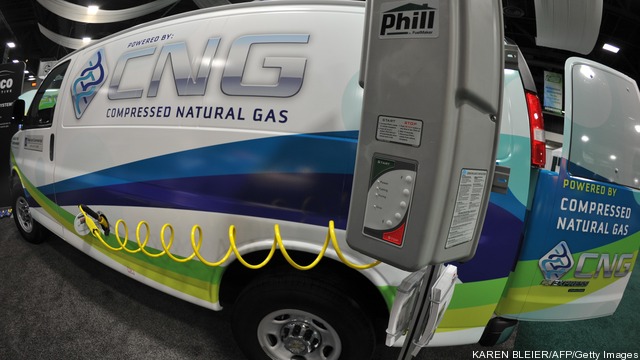
Tuesday night, Obama championed his commitment to more oil and gas exploration, as well as reinforced the doubling of U.S. clean energy production under his leadership. And Romney, advocating our energy independence, solidified his strong commitment to drilling and promoting a surplus of oil and gas.
What I’d like to know, however, is their plans on the other side of the energy equation: the demand side. No matter how much new generation we bring to the table, energy independence just isn’t possible without curbing our exponentially rising need for electricity. And so far, neither candidate has pontificated on how to make this possible. Keep reading →










